Teriyaki Fish is a classic Japanese dish that lets you enjoy the natural flavor and tender texture of fish, complemented by a sweet and savory glaze. Experience the authentic taste of traditional Japanese teriyaki, distinct from the teriyaki flavors commonly found outside of Japan.
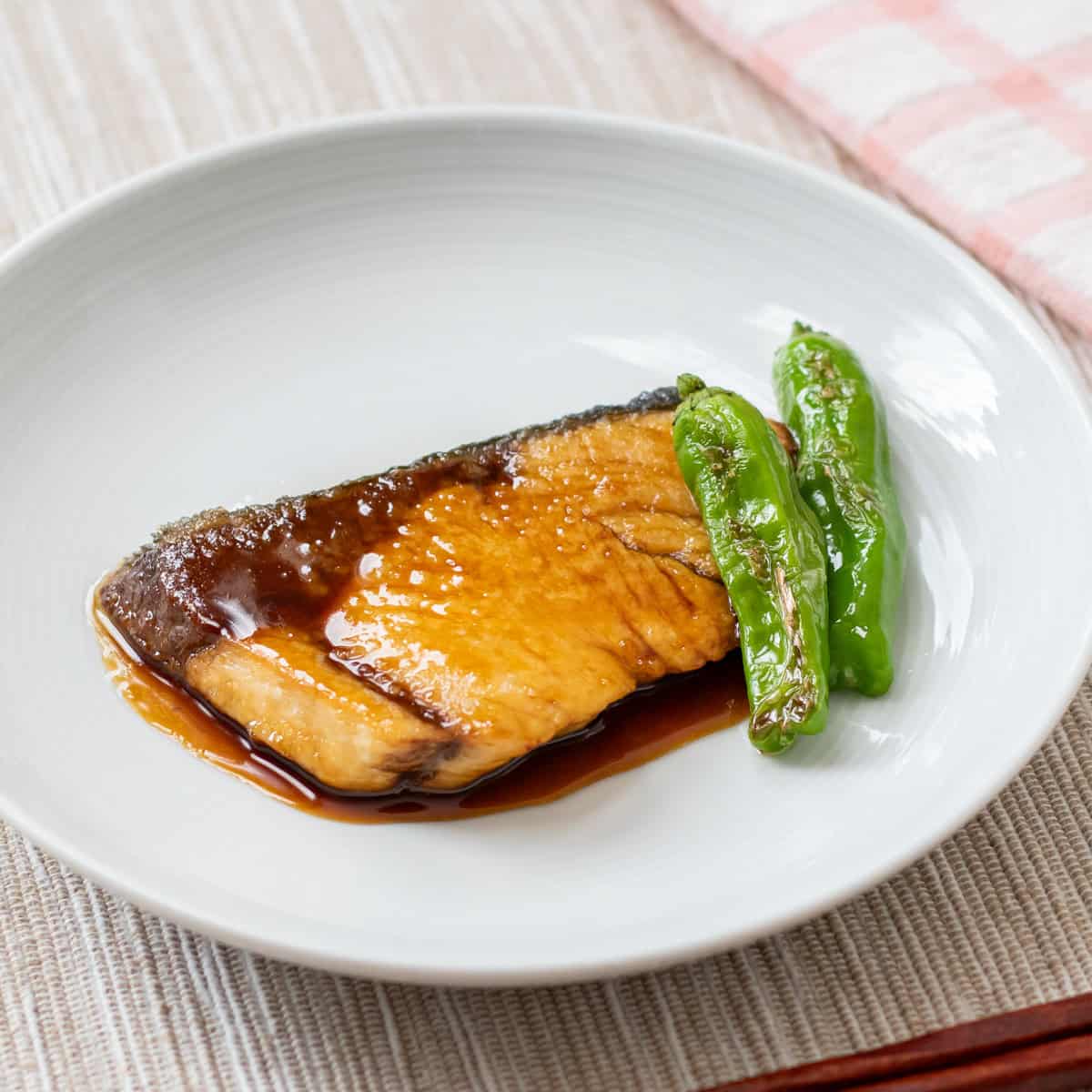
Jump to:
What is Japanese Teriyaki Fish?
Japanese Teriyaki Fish is a dish made by sautéing fish fillets and then simmering them in a sauce primarily consisting of traditional Japanese seasonings. ”Teri” means shine, and "yaki" refers to sautéing or grilling, and this dish is called "teriyaki" because the glaze on the fish gives it a glossy appearance after cooking.
When you search for "teriyaki fish" online outside of Japan, you will often find many recipes for teriyaki salmon. However, in Japan, the fish typically used for teriyaki is yellowtail, with occasional use of swordfish or white fish. The fatty yellowtail pairs perfectly with the bold flavors of Japanese seasonings, creating a harmonious balance. While you can certainly make this dish with other types of fish, if you are aiming for a more authentic Japanese taste, I highly recommend using yellowtail.
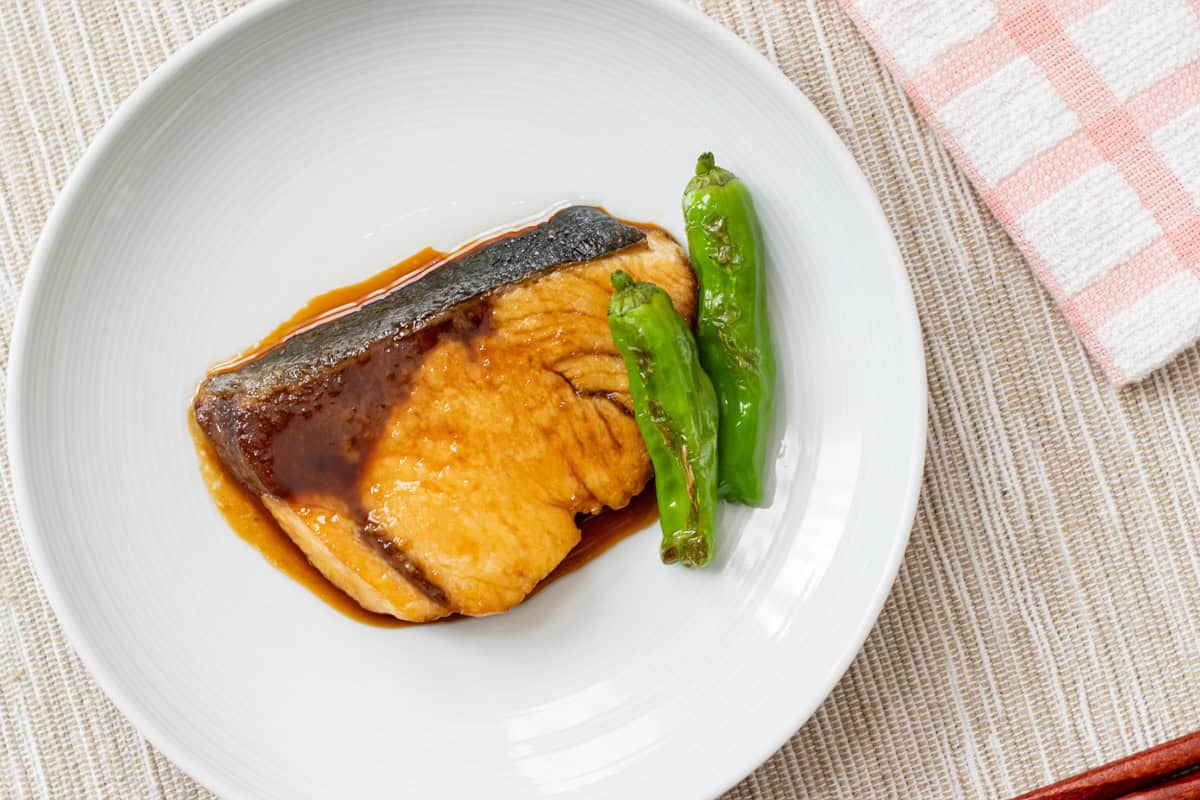
Understanding Japanese teriyaki sauce
The sauce used in this dish is a traditional Japanese sauce called "teriyaki sauce." It is made from sake, mirin, sugar, and soy sauce, and is commonly used for cooking fish or meat. It can also be used for hamburgers.
Although teriyaki sauce is available in the U.S. as well, its ingredients and flavor differ from the Japanese version. The teriyaki sauce found in the U.S. is a Western-style product originally developed by Kikkoman, a Japanese soy sauce company. For an authentic experience, try using Japanese teriyaki sauce with this dish.
The preparation method and the ideal ingredient ratio outlined in this recipe can also be applied to other dishes. It might be interesting to combine it with your local recipes to add a Japanese-inspired twist.
Tips for enhancing the flavor
Japanese teriyaki fish can be easily made by sautéing fish fillets and simmering them with teriyaki sauce. However, in Japan, it is often prepared with a little extra effort to enhance the flavor. Before cooking the fish, consider incorporating the following two simple steps:
- Sprinkle salt on both sides of the fillets and let them sit: This helps draw out excess moisture and reduce any fishy odor. After about 10 minutes, gently pat the fillets dry with paper towels.
- Coat the fillets with flour or starch: Lightly dusting both sides of the fillets with flour or starch helps the sauce adhere better and gives it a pleasant thickness.
By incorporating these steps, you can achieve a more refined flavor.
Garnish suggestions
This dish can be served on its own, but it is often garnished with a small amount of vegetables to enhance its visual appeal.
Popular choices include Japanese leeks (naganegi) and shishito peppers. Of course, you can use other vegetables if you prefer. These additions don’t affect the flavor of the dish, so feel free to choose whatever suits your taste.
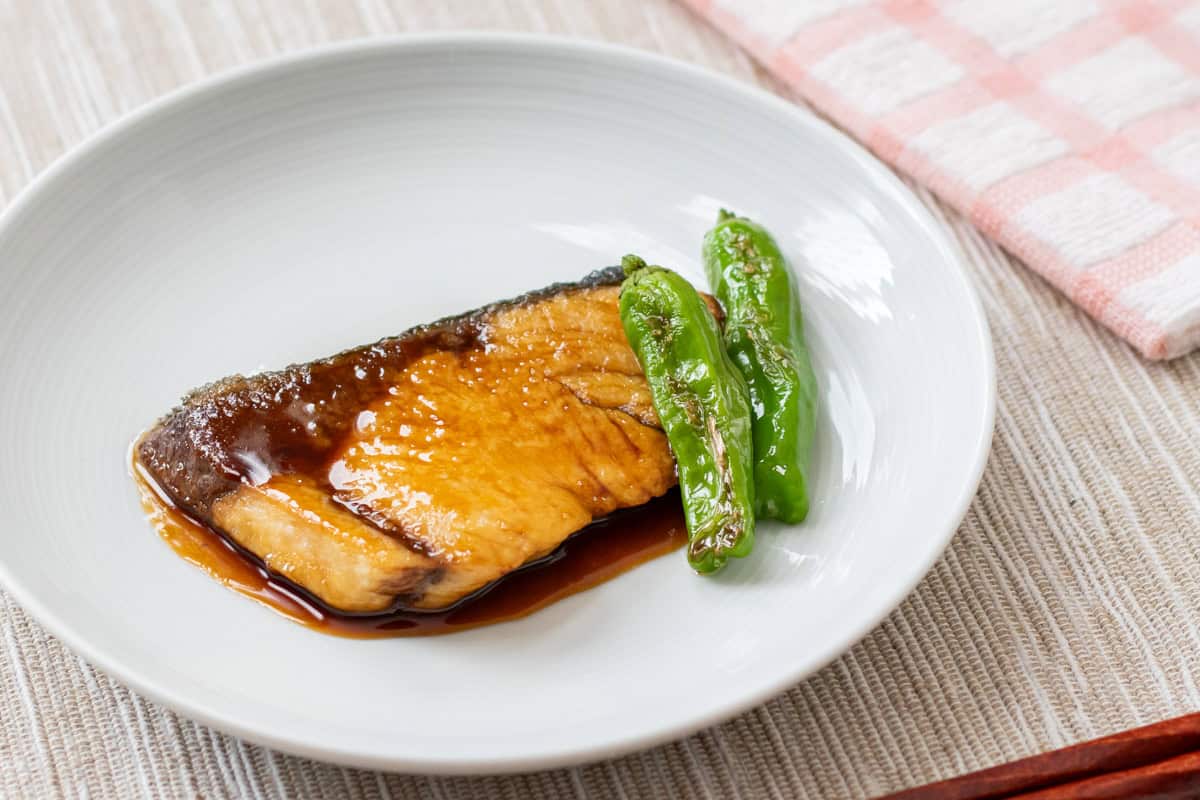
📋Step-by-step recipe
Ingredients
- 2 fish fillets (about 3 oz/85 g each; yellowtail is commonly used in Japan)
- ½ tsp salt (for the fish fillets)
- ½ Tbsp all-purpose flour (plain flour) or potato/corn starch (for the fish fillets)
- 4 shishito peppers (or other vegetables, if you prefer)
Japanese teriyaki sauce:
- 1 ½ Tbsp sake
- 1 ½ Tbsp mirin
- ½ Tbsp sugar
- 1 ½ Tbsp soy sauce
Instructions
🕒 Total: 40 mins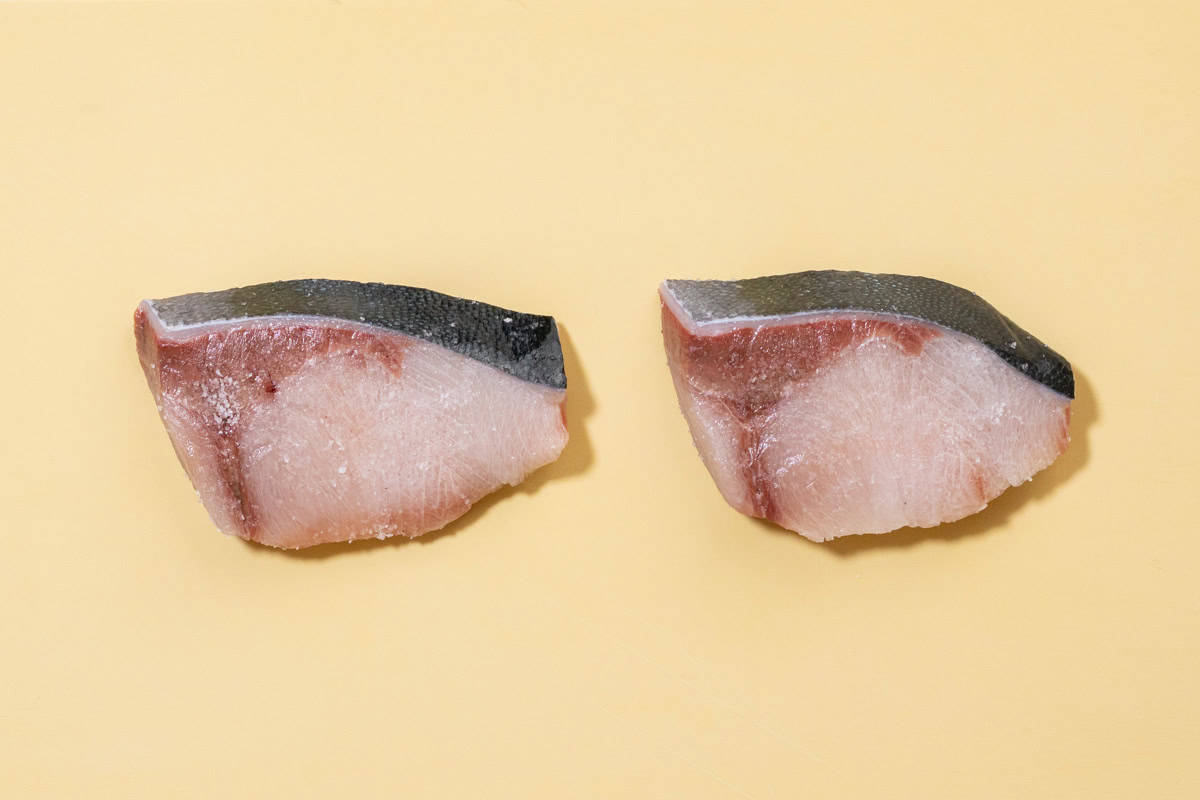
Step 1
Sprinkle salt on both sides of the fish fillets and let them sit for about 30 minutes. Then, gently pat them dry with paper towels.

Step 2
Lightly coat the fillets on both sides with flour or starch.
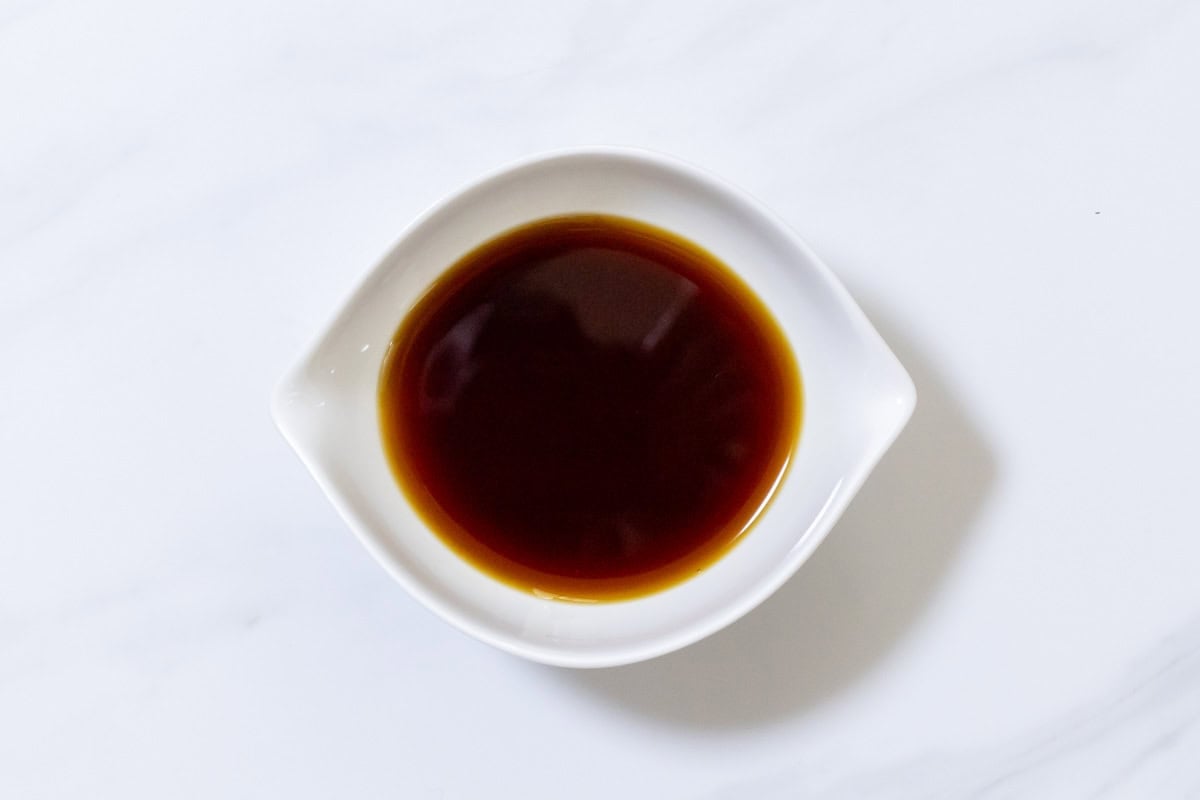
Step 3
In a small bowl, mix the ingredients for Japanese teriyaki sauce (sake, mirin, sugar, and soy sauce).
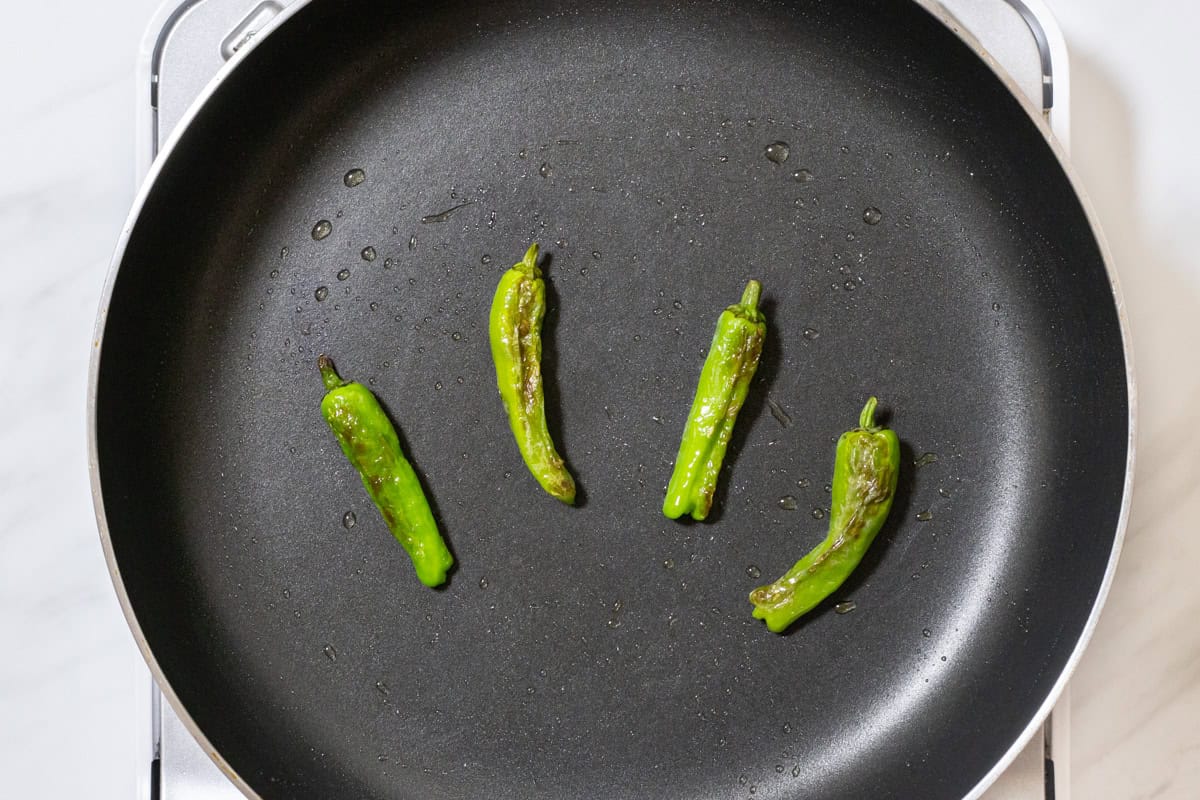
Step 4
Heat oil in a pan and sauté shishito peppers over medium heat until they are slightly golden brown on both sides.
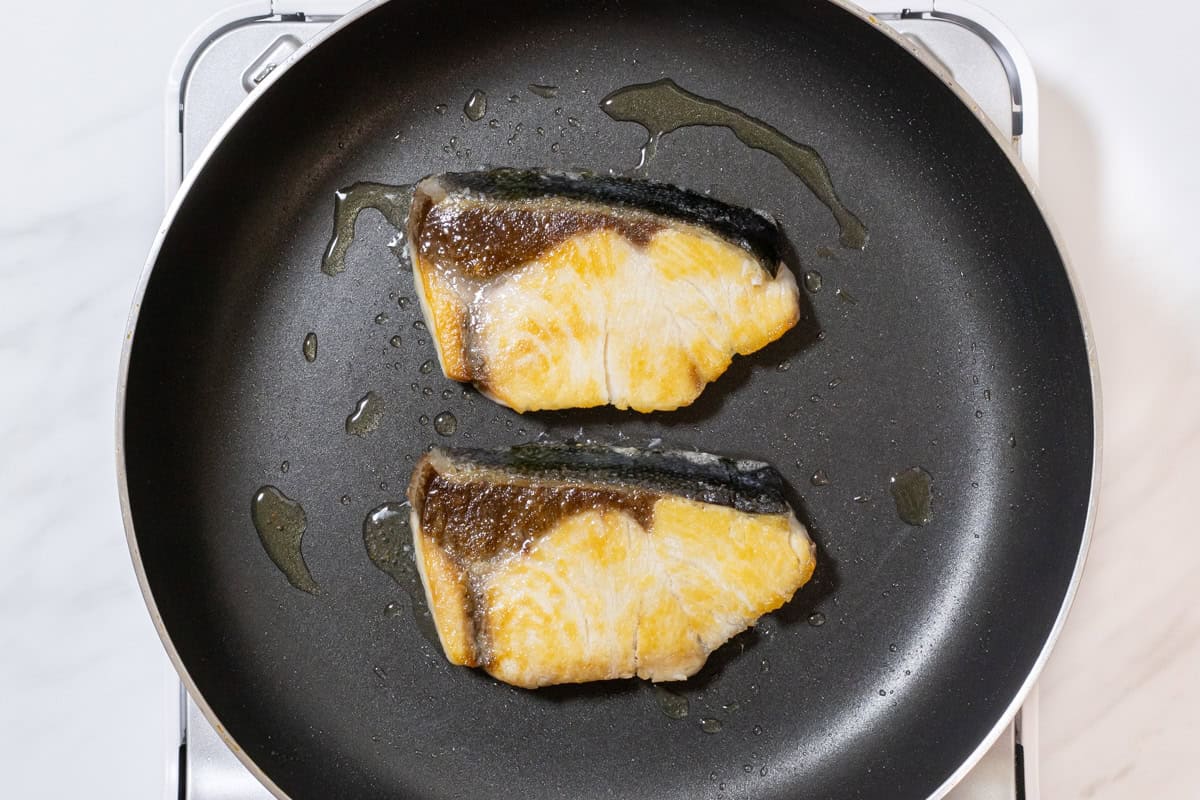
Step 5
Remove the peppers from the pan and set them aside. Add a little more oil to the pan, add the fillets, and cook them until both sides are browned.
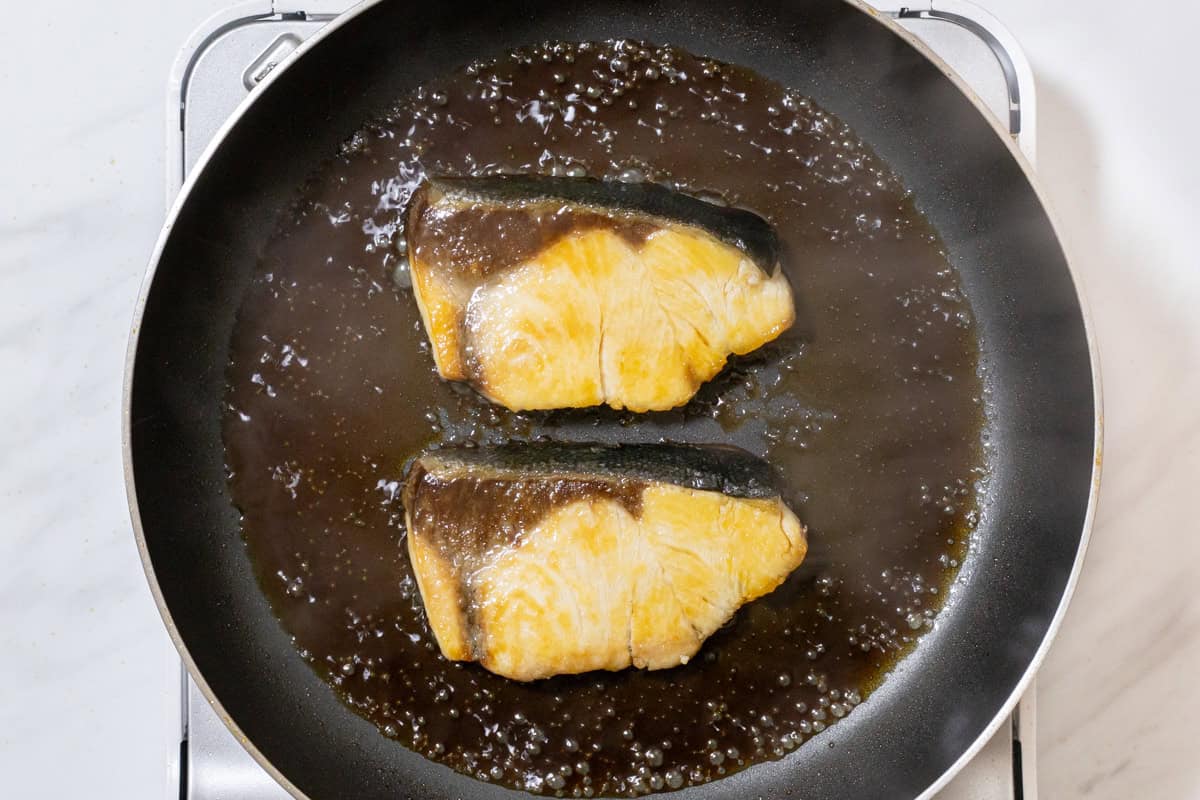
Step 6
Blot any excess oil from the pan with paper towels. Pour the sauce from the bowl into the pan, then increase the heat slightly and let it simmer.
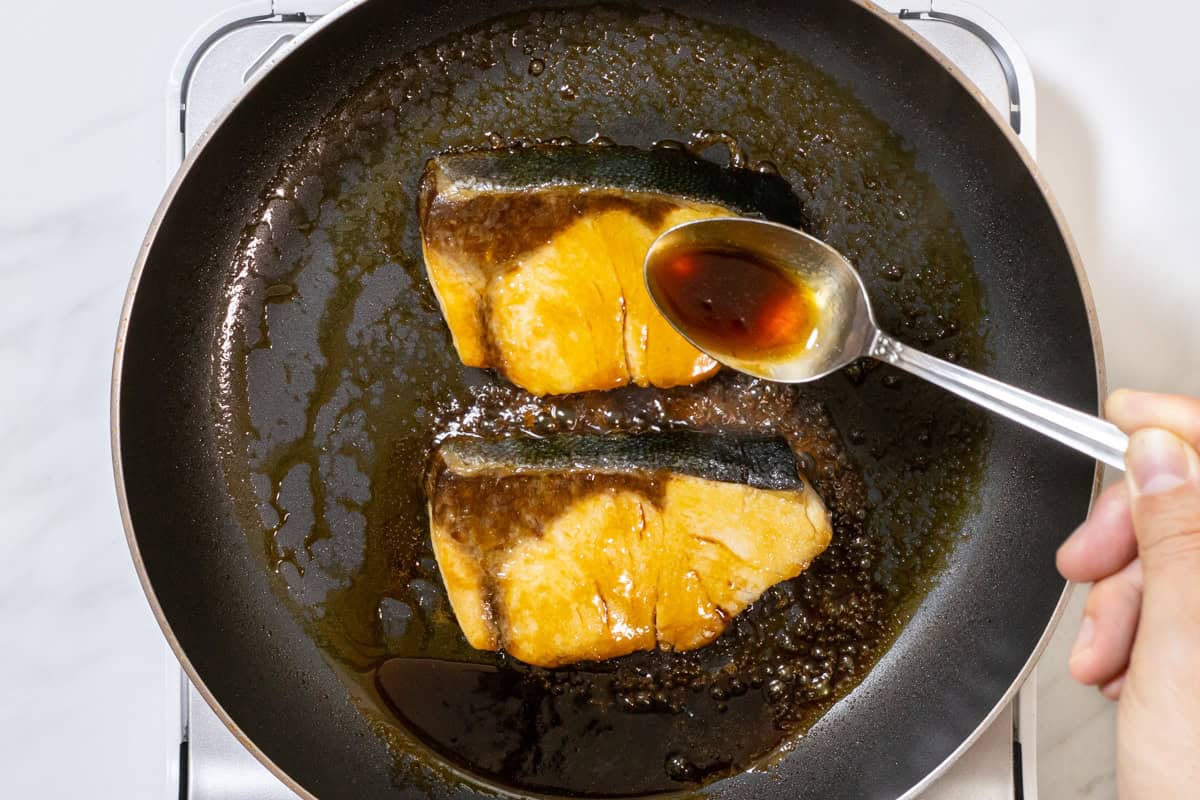
Step 7
Tilt the pan slightly and spoon the sauce over the fillets. Continue this process until the sauce thickens.
Be careful not to over-reduce the sauce, as it can burn and become bitter. Once the sauce has thickened, remove the pan from the heat immediately.
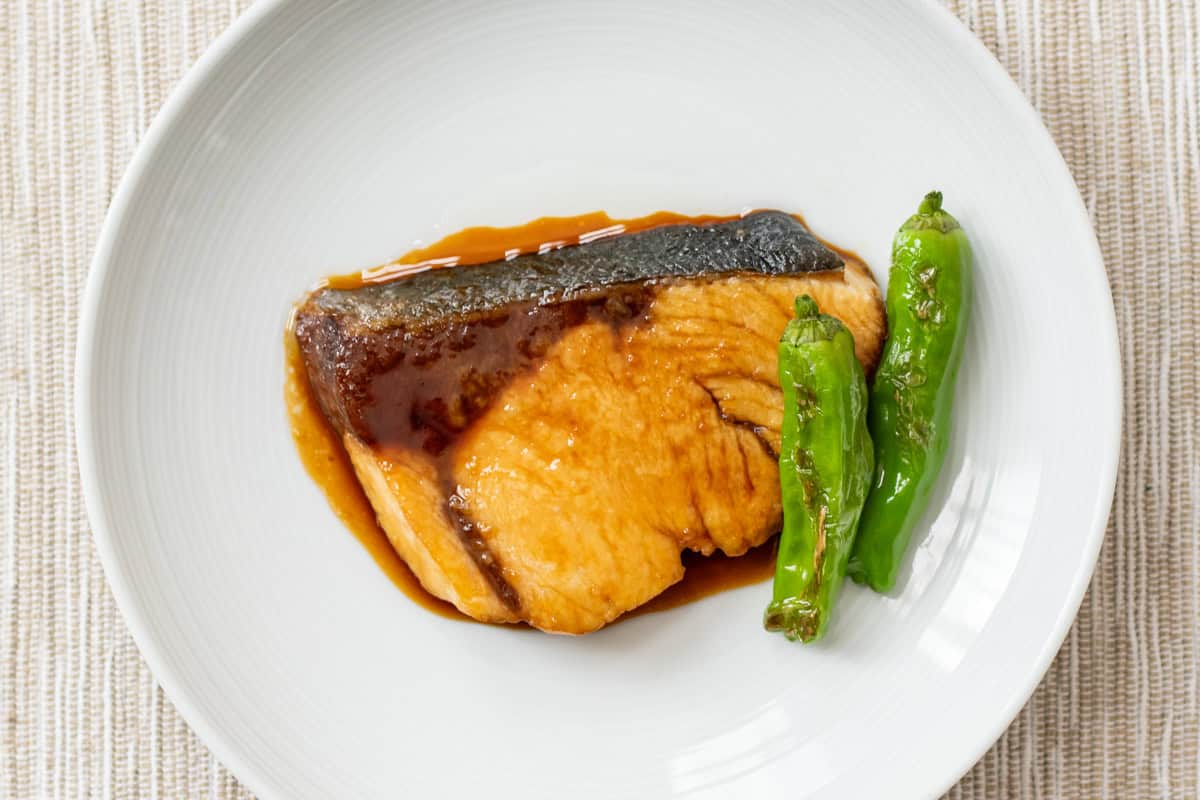
Step 8
Serve the fillets on plates and drizzle a little of the remaining sauce over the top. Garnish with the sautéed shishito peppers.
To store
You can store it in the refrigerator for up to 2 days.
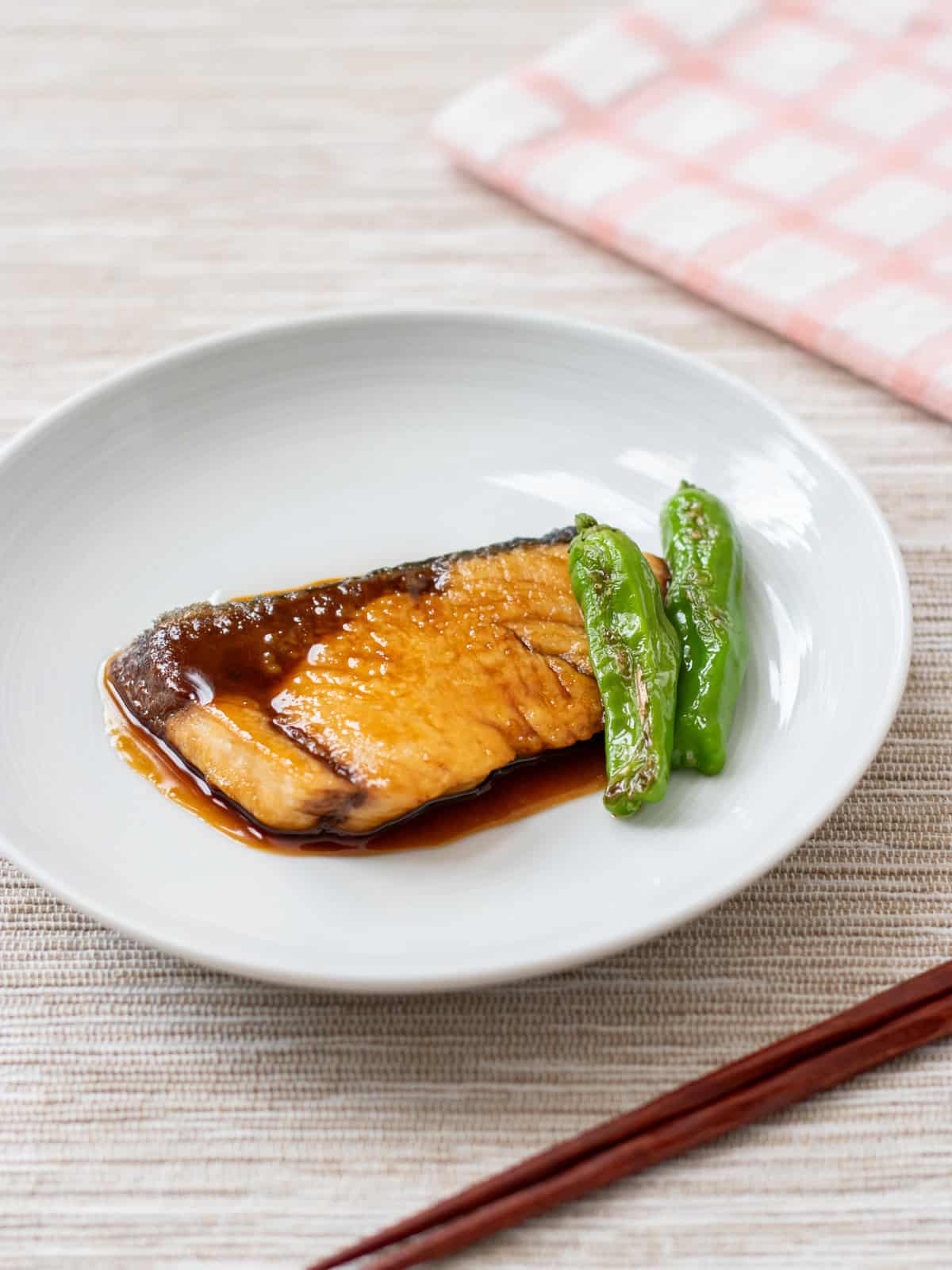
If you try this recipe, I’d love to hear what you think. Please consider leaving a review and star rating in the comments below. If you enjoyed it, I’d really appreciate it if you shared it with your friends.
More teriyaki recipes you'll love
Recipe card

Japanese Teriyaki Fish
Ingredients
- 2 fish fillets (about 3 oz/85 g each; yellowtail is commonly used in Japan)
- ½ tsp salt (for the fish fillets)
- ½ Tbsp all-purpose flour (plain flour) or potato/corn starch (for the fish fillets)
- 4 shishito peppers (or other vegetables, if you prefer)
Japanese teriyaki sauce:
- 1 ½ Tbsp sake
- 1 ½ Tbsp mirin
- ½ Tbsp sugar
- 1 ½ Tbsp soy sauce
Instructions
- Sprinkle salt on both sides of the fish fillets and let them sit for about 30 minutes. Then, gently pat them dry with paper towels.
- Lightly coat the fillets on both sides with flour or starch.
- In a small bowl, mix the ingredients for Japanese teriyaki sauce (sake, mirin, sugar, and soy sauce).
- Heat oil in a pan and sauté shishito peppers over medium heat until they are slightly golden brown on both sides.
- Remove the peppers from the pan and set them aside. Add a little more oil to the pan, add the fillets, and cook them until both sides are browned.
- Blot any excess oil from the pan with paper towels. Pour the sauce from the bowl into the pan, then increase the heat slightly and let it simmer.
- Tilt the pan slightly and spoon the sauce over the fillets. Continue this process until the sauce thickens.Be careful not to over-reduce the sauce, as it can burn and become bitter. Once the sauce has thickened, remove the pan from the heat immediately.
- Serve the fillets on plates and drizzle a little of the remaining sauce over the top. Garnish with the sautéed shishito peppers.
Notes
- You can store it in the refrigerator for up to 2 days.

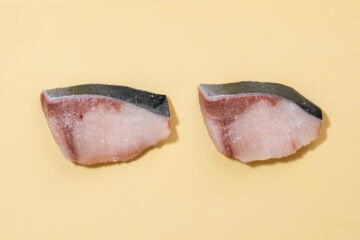

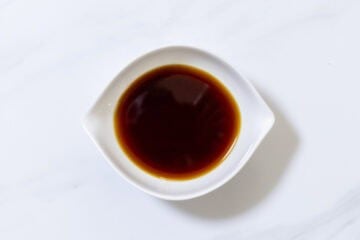









Leave a Rating and a Comment